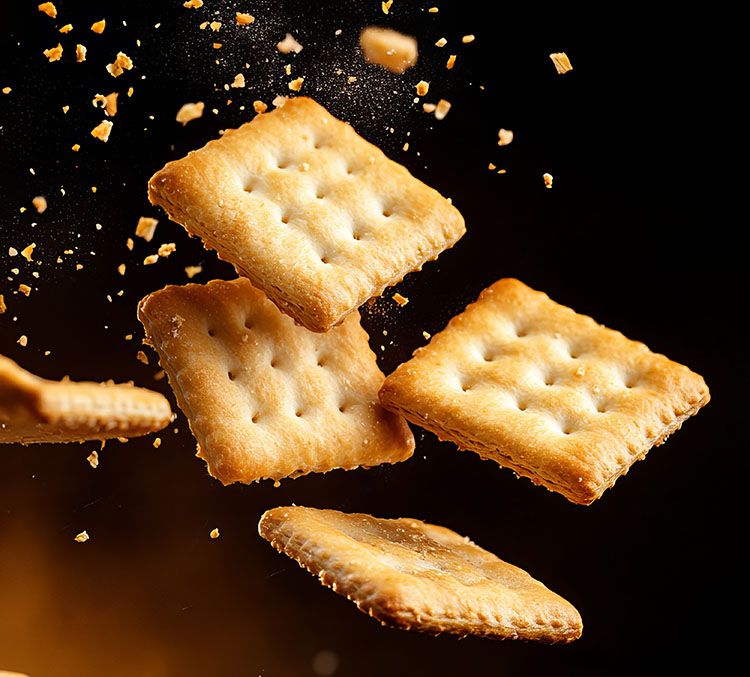
Two-stage mixing takes center stage
Two-stage batch mixing brings multiple advantages to industrial-scale baking. Two-stage batch mixing is especially suited to long-fermentation doughs, where structure and flavor are needed.
Two-stage batch mixing brings multiple advantages to industrial-scale baking. Two-stage batch mixing is especially suited to long-fermentation doughs, where structure and flavor are needed.
The key to continuous baking success is in the oven. For biscuits, crackers and cakes, a steady, continuous production flow is ideal in high-volume operations.
Chip Czulada embarked on a new role as the President of Reading Bakery Systems (RBS) at the beginning of 2024. He shares with Baking+Biscuit International magazine his view on the first six months at the helm of the company where he has been working for over 20 years.
Reading Bakery Systems unveiled the new Thomas L. Green Emithermic XE Oven, a superior replacement for traditional Direct Gas Fired (DGF) ovens. This new oven reduces energy and emissions, and simplifies cleaning and maintenance.
Low moisture, long shelf-life, diverse sizes and shapes – crackers and cookies are a segment filled with opportunity. Their characteristics also dictate process improvements and how equipment can support optimization.
Reading Bakery Systems (RBS) introduced a new ambient cooling conveyor, with increased efficiency in cooling crackers before entering packaging in a more‐compact footprint.
As crackers exit the oven, the cooling process is important to guarantee product quality and a long shelf life. A gentle cooling process will ensure the delicate product’s integrity until it is ready to be consumed.

